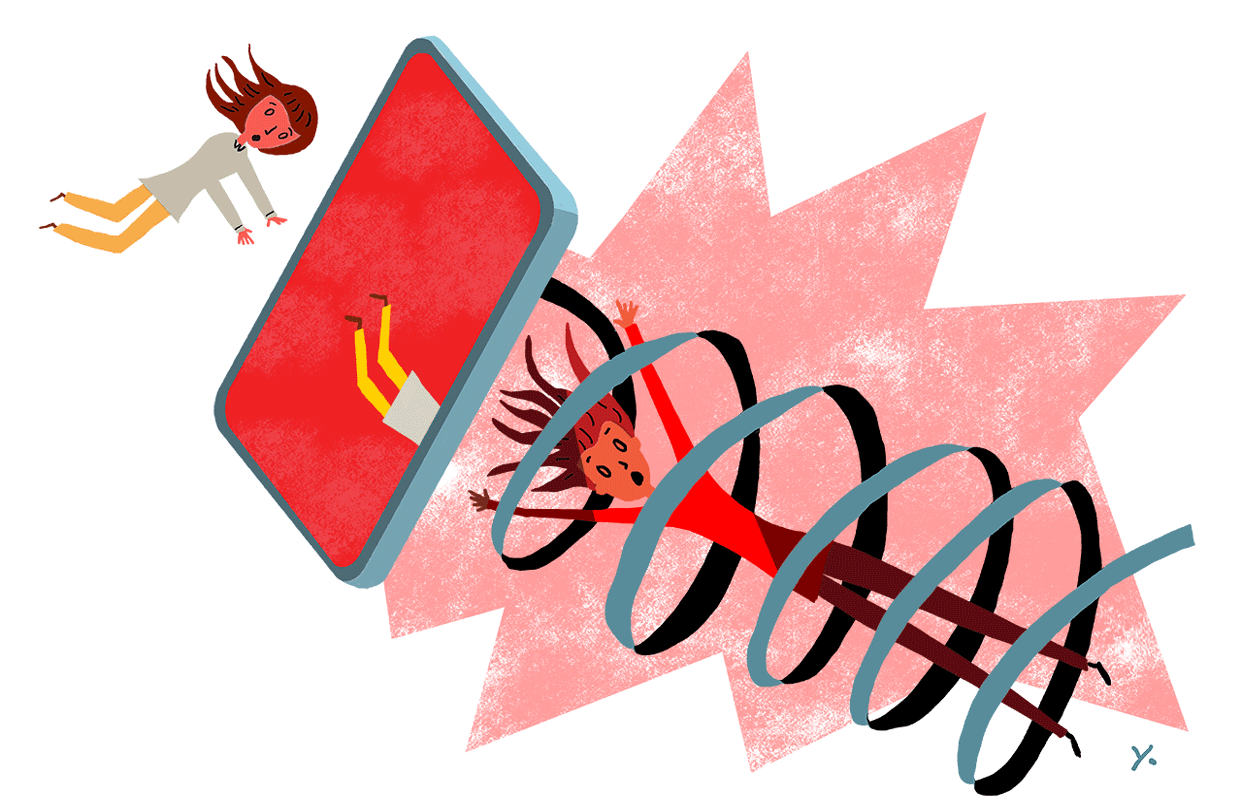‘Doomscrolling’: A Twitter Habit Is the New, High-Tech Way to Slide Into Despair
NPP Pressroom
Wall Street Journal
Ben Zimmer
12/10/2020

Of all the words that came to prominence in 2020, one that truly seems to capture the zeitgeist of our dreary times is “doomscrolling.”
If you've spent any time on social media this year, you know the feeling. As Wall Street Journal Personal Tech columnist Nicole Nguyen defined it back in June, “doomscrolling” refers to “spending inordinate amounts of time on devices poring over grim news.” The phenomenon became all too common when the coronavirus pandemic kept people cooped up, as so many of us obsessed over the endless stream of depressing updates.
Despite the pessimism that the word encapsulates, “doomscrolling” is a lexical success story. By year’s end, it merited mention in a report from Oxford Languages, the publisher of the Oxford English Dictionary, on how the pandemic has profoundly shaped the lexicon. “Doomscrolling,” the report said, “typified the realities of the new normal” and “expressed poignantly the language changes brought on by the pandemic.”
The portentous sound of the word may have heightened its impact, drawing on centuries-old connotations of the word “doom.” Derived from Old English “dom” meaning “judgment,” it has long fused with other words to make compounds like “doomsday” for the final reckoning in the Judeo-Christian tradition. In the mid-20th century, “doomsayer” emerged as a bleaker version of “soothsayer,” for one who predicts calamities. “Doomsaying” may have provided a kind of model for both “doomscrolling” and a related neologism, “doomsurfing.”
One way to trace the recent trajectory of “doomscrolling” is to follow along on Twitter from the time that widespread lockdown orders went into effect. On March 14, Ellen Muehlberger, a professor at the University of Michigan who studies the early history of Christianity, tweeted about how studying ancient languages could serve as a good coping mechanism for her fellow scholars: “Do you want to keep nervously doomscrolling #onhere or do you want to brush up on that language you keep saying you want to work on?”
Since that tweet, Ms. Muehlberger has occasionally been identified as the “inventor” of “doomscrolling.” But as she explained in a widely shared Twitter thread last week, she can’t really lay claim to have coined the term, even if she may have been the first on social media to apply it to the coronavirus era.
Searching before this year finds sporadic use of “doomscrolling” in pre-Covid times. The word showed up in two unrelated tweets a day apart in late 2018. On Oct. 7, Calla Mounkes, an artist and jewelry-maker who goes by “Callamity” on Twitter, told her followers, “Taking a break from doomscrolling and being inundated with things and stuff.” Next, Ashik Siddique, a research analyst for the National Priorities Project at the Institute for Policy Studies, responded to a friend by saying, “thank u for breaking the spell of my doom-scrolling down my feed.”
Reached by email, Ms. Mounkes recalls using the word for at least a year before her 2018 tweet. Mr. Siddique said he doesn’t have a conscious memory of picking up the term but figures that the phenomenon it describes was already common enough for “doomscrolling” to emerge naturally.
As Ms. Muehlberger pointed out in her recent Twitter thread, it’s a fool’s errand to try to locate a single “inventor” of the word. “Likely multiple English speakers generated it at multiple times, when they needed the word for what they wanted to say—just like I generated it that March morning at the start of the pandemic,” she wrote.
Regardless of how many people may have independently hit upon “doomscrolling,” the word seems here to stay. It has even spawned more hopeful variations on the theme, like “gleefreshing,” introduced by Slate staff writer Heather Schwedel after the November election. Let’s hope there’s more gleefreshing than doomscrolling in our future.